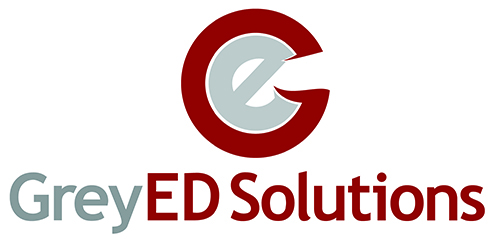As education technology leaders, one of our goals is to position technology such that it supports both the “authorized” work of schools, as well as the emergent. Authorized is meant to include current communication systems, software and tools that are accepted and have widespread use in the organization. Emergent technologies are those that we are considering adopting or are intrigued by and want to pilot. They are the newer technologies, more innovative and might be untested locally but show promise elsewhere.
It is important to find the balance between the two. If the focus of a school district’s technology department leans toward supporting authorized, legacy systems we would expect that district might be slower to adopt newer, more promising tech tools. I worked for a superintendent who always said that our strengths are our weaknesses – if we are really strong at network security, privacy, and safety, our weakness would logically be encouraging the use of new social media tools and interactive web sites. A hyper-focus at either end of the continuum would be detrimental to cultivating an effective technology program.
To lead ed tech well, we have to find the balance between nurturing innovation and maintaining legacy systems; between keeping the current systems operating smoothly and igniting and leading change. Tech departments can’t effectively support one-to-one if that means that the payroll system goes down. If it’s a full time job for staff to maintain authorized systems – financial, email, firewalls and the like, then who is left to foster and support innovative practices?
If your department is spending too much time supporting legacy systems, consider solutions like software-as-a-service, cloud-based storage, and outsourcing. Save technician time with an investment in a mobile device management tool that frees up staff time to support those innovative practices that the mobile devices make possible.
Ed-tech leaders have to see the paradoxes, employ creative solutions to support both legacy and new technologies, redeploy and train staff accordingly, and by doing these things well, they support a balance that will do both – support enterprise systems and encourage innovative practice.


